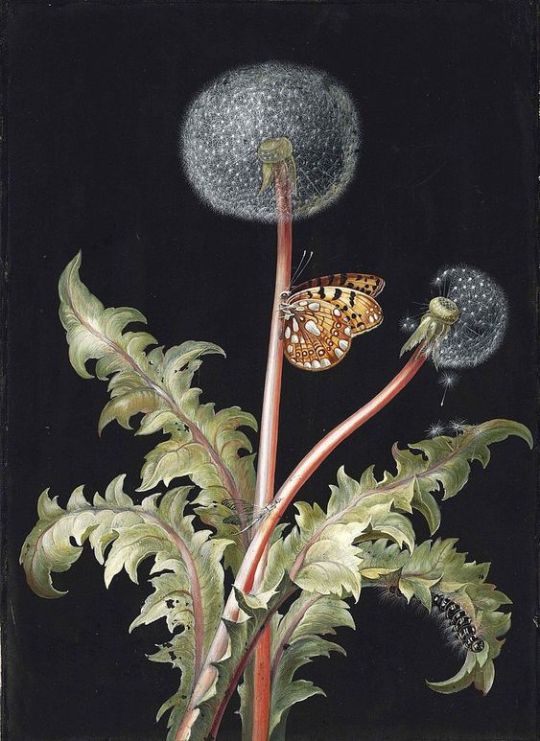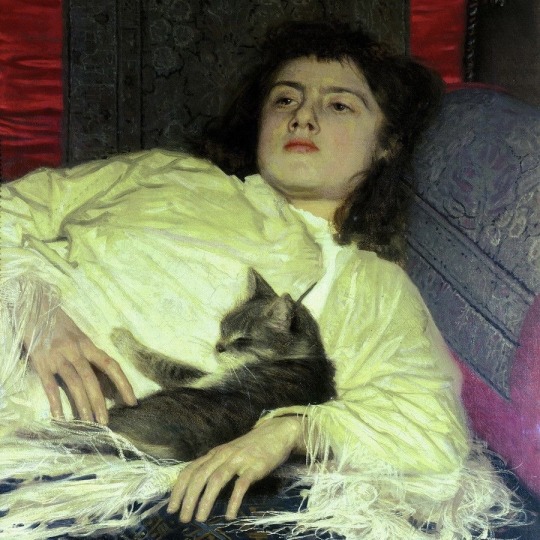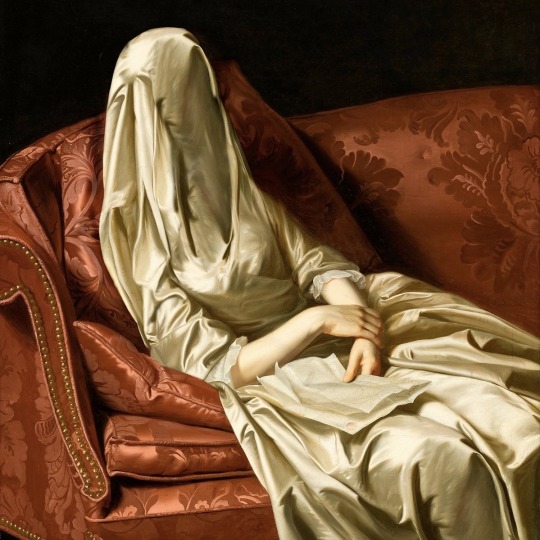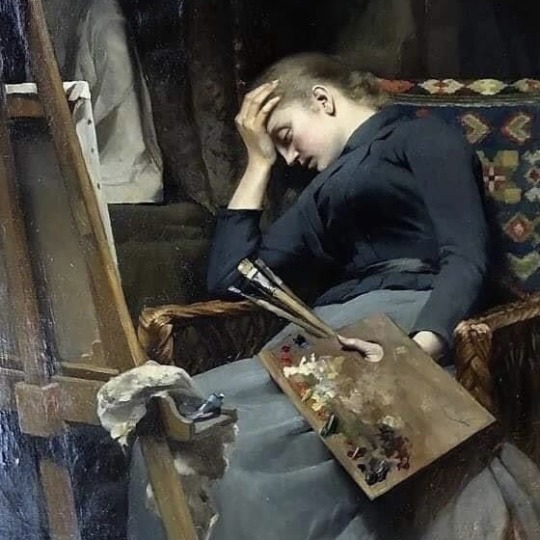Original artwork, writings and ramblings on women in art.
Don't wanna be here? Send us removal request.
Text

Frogs are my favorite subjects for my art.
0 notes
Photo

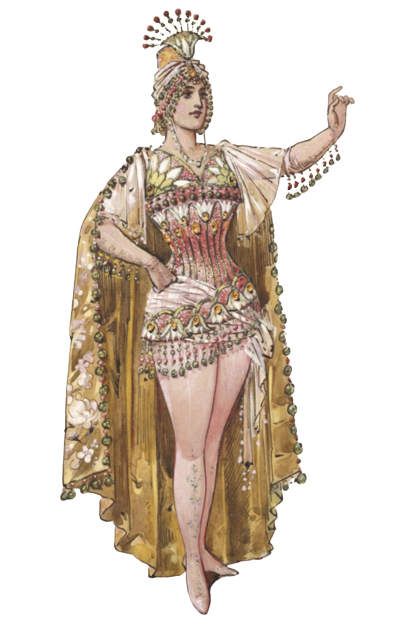
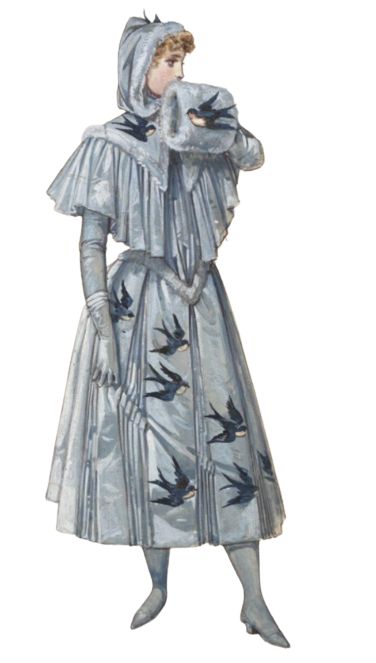
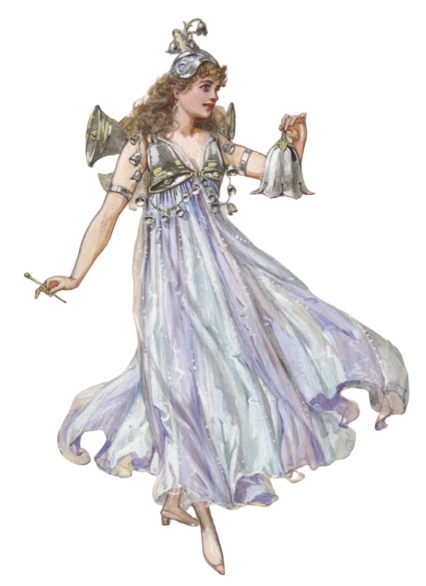

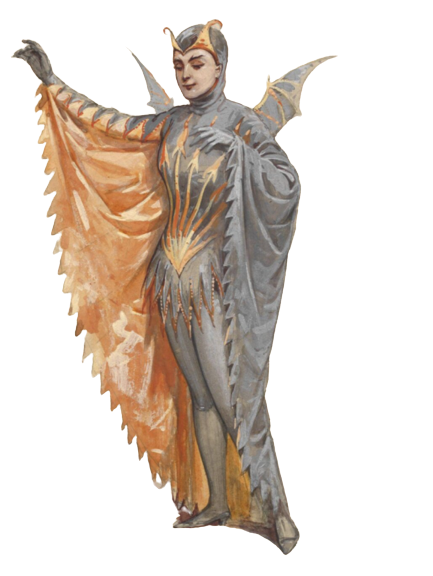
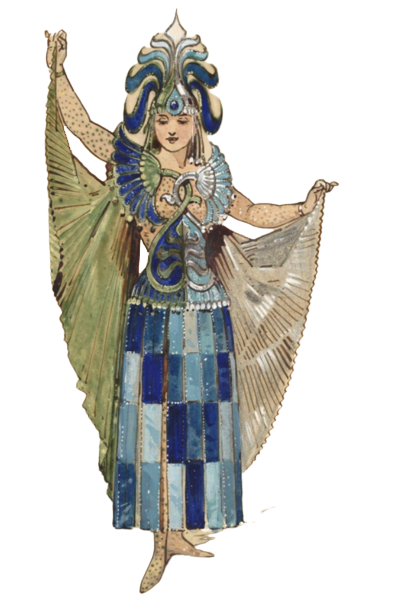
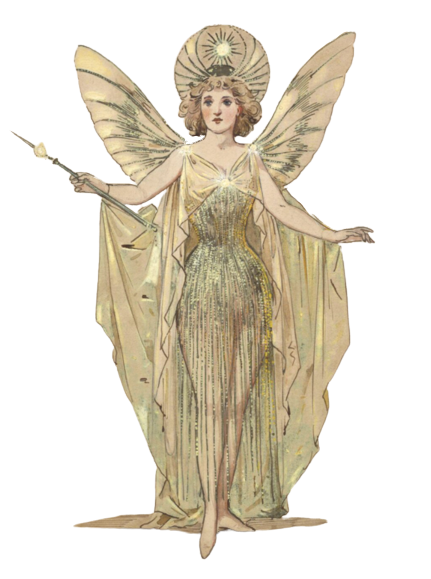
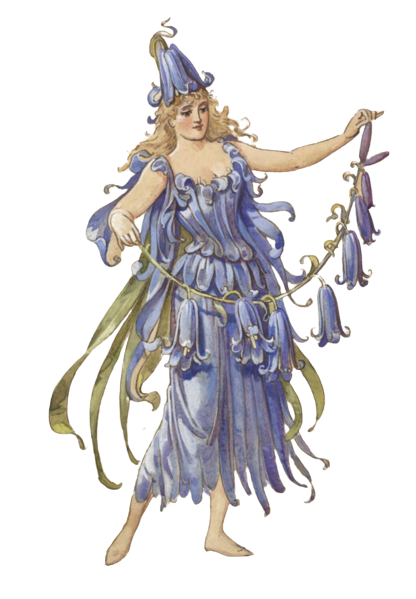
Wilhelm pantomime costume design (1890-1910) PNGs, part 2
(from: vam)
15K notes
·
View notes
Text
Areas of Specialization, cont.: Databases
These professions are similar in that they both require good research skills. However, museum studies are multidisciplinary, spanning different aspects of life instead of just one part of it (like art). I think that in both professions, knowing and having access to good academic databases is crucial. Since museums and museum studies are multidisciplinary, it is important to have access to information on a broad range of topics like the arts, anthropology, history, natural history, science, sociology, communications, and more. This is why large museums are broken into departments that each have a specialty. To gain insight into what databases are used by museum workers, I searched for a LibGuide offered for Museum Studies students. Penn State, Tufts, UCLA, and NYU all offer similar Museum Studies LibGuides. From these guides I have selected some databases that I think will be most helpful to a museum curator or director.
Credo Reference is a database that offers access to over 3 million entries from encyclopedias, dictionaries, handbooks/guides, and atlases in all fields. These entries are sources from major publishers like Penguin or Routledge. This database is a tool that can help museum staff learn more about the background of their topic from a historical perspective. This would be a good first step in a new project, before delving into more focused research.
Academic Onefile is a database that holds peer-reviewed full-text articles from the worlds primary journals across many disciplines. This database is useful for museum staff due to its multidisciplinary scope. Additionally, there are no restrictions allowing quick access to accurate information. This database is also updated daily, providing the most current information for researchers. This is important for departments that need access to the most recent information on their topic.
Project Muse provides access to full-text journals from scholarly not-for-profit publishers, as well as open access books. It is another multidisciplinary database making it an excellent choice for museums. The topics of humanities, arts, and social sciences are the most prominently covered, however the database scope includes more topics like history, education, political science, gender studies, and more. I like this database because you get access to journals and books, which is useful because its best to have as many different types as possible of resources when doing research.
Lastly, Academic Search Complete is a widely used database for museum workers again because of its multidisciplinary scope. It offers access to over 7,000 full-text periodicals and over 6,000 peer-reviewed journals as well as indexing and abstracts for over 11,000 serials and over 12,000 other types of publications like reports or conference proceedings. This type of database is a good deal for a museum that hosts exhibitions in different disciplines, like the Natural History Museum in NYC with their many departments.
For an art researcher, who may be working with a museum; databases are very useful research tools to gain access to materials that they otherwise could not. Since I utilized LibGuides to find the most useful databases for museum workers, I will do so for my section on art research. UMA, LOC, and Yale have excellent LibGuides for art research, but so do I! I created this LibGuide for one of my Library Science classes for people doing research on women in art and art history. Since I have experience in this field, I will highlight my favorite databases to use for research.
JSTOR is a digital archive containing over 1,000 scholarly journals in the humanities, social sciences, and sciences- some dating from the 19th century. JSTOR’s scope spans 75 disciplines and offers lower-cost memberships for independent researchers. JSTOR is part of a non-profit organization that also includes ARTSTOR. This is a great resource due to its accessibility; many of these databases are expensive to access so it is important that independent researchers can access these types of resources as well as larger organizations.
Art Full Text is a bibliographic database containing articles from 1984- present about art, architecture, archaeology, crafts, design, museology, photography, television, and textiles. It also has reproductions of works that have appeared in periodicals, yearbooks, and museum bulletins. There are some multi-lingual periodicals also available. With many sub-topics covered this is a good resource for researchers who are looking into more niche topics like folk art, or landscape architecture.
ARTSTOR is a digital library of images in the areas of art, architecture, humanities, and social sciences. This is a great database for art researchers as it’s useful to attach a picture of the artwork you are writing about. This site is partnered with JSTOR and will be combined with it next year in 2024. I have utilized JSTOR/ARTSTOR for many art research projects. Art History Research net consists of five linked databases: ReView, Arts + Architecture Profiles, Design Abstracts Retrospective, Research Sources 1: British & Irish Architecture and Decorative and Applied Arts 1850s to the 1930s, and Research Sources 2: The Poster. This database requires a login to access which is why I was unable to provide a link.
No matter what specialization I choose, doing research is going to be part of my job. Being familiar with the academic databases available is going to give me an advantage not only in my school work leading up to graduation, but also in the working world if I am to be hired for any research projects- which I hope I will have the opportunity to!!
0 notes
Text
Areas of Specialization
As a student of library science and art, I think a lot about how I can find work that incorporates my experience and knowledge in both areas. There are many jobs out there that can make good use of my library science skills as well as my knowledge of art and art history. Two areas of specialization I have considered heavily are museum curator/director, and professional art research, or research specialist.
A museum curator-or director, is a leadership position in a museum. Their job is to not only care for the museum’s collections, but also lead their support staff in curating exhibits, conserving the collection, acquiring new items, and creating programming, education, and publications for patrons. Similarly to a library, museums will likely have a mission statement that guides their practices and how they interact with the public. For more information on the details of a museum curator/director’s responsibilities, Indeed.com has a great article outlining duties in different museum environments. Some directors of popular museums include Lewis Stevens, Senior Curator of Living Collections at the Boston Museum of Science and Shalini Le Gall, Chief Curator of the Portland Museum of Art (Portland, Maine). Additionally, an institution like the Museum of Natural History in NYC has many curators since the collection and scope of the museum are quite vast. For example they have curator, curator-in-charge, and assistant curator positions in their many departments like Zoology, Archaeology, Herpetology, and more.
A person that does research as a profession can be called a professional researcher, research specialist, research administrator, or research technician. The specific job title may include duties and responsibilities specific to the institution offering the position, so the terminology can differ. No matter the title, the job will include gathering data and presenting it in a comprehensive way to the preference of the institution. In many cases the purpose of the research is to solve problems, predict trends in a market, or address issues a company has. I am most interested in art and art history research, so the purpose would likely be for publication or a specific project or organization. For an example of someone who does this type of work, Amy Rahn who is one of my professors in the art department is a published art researcher. She has worked with the Joan Mitchell Foundation, writing an essay for a retrospective exhibition catalogue. Here is Amy’s page in the UMA directory. The Joan Mitchell Foundation has a department called the Joan Mitchell Catalogue Raisonné which has two researchers, Abigael MacGibeny who is based in NY, and Mara Hoberman who is in France. Their jobs include researching Joan Mitchell’s paintings and work on publishing a scholarly publication of all her work. For more information on the project check out their website here.
1 note
·
View note
Photo

Cara Romero
“Indigenous culture is continually evolving and imminently permanent.”
15 notes
·
View notes
Photo

Cara Romero Stands Defiant Against Institutional Categorization
3 notes
·
View notes
Photo

KAY SAGE / “THE SEVEN SLEEPERS” / 1947 [oil on canvas | 18 x 15″]
163 notes
·
View notes
Text

Dorothea Tanning, Birthday, 1942, oil/canvas (Museum of Art, Philadelphia)
117 notes
·
View notes
Text

Alchemy or the Useless Science, Remedios Varo, 1958
659 notes
·
View notes
